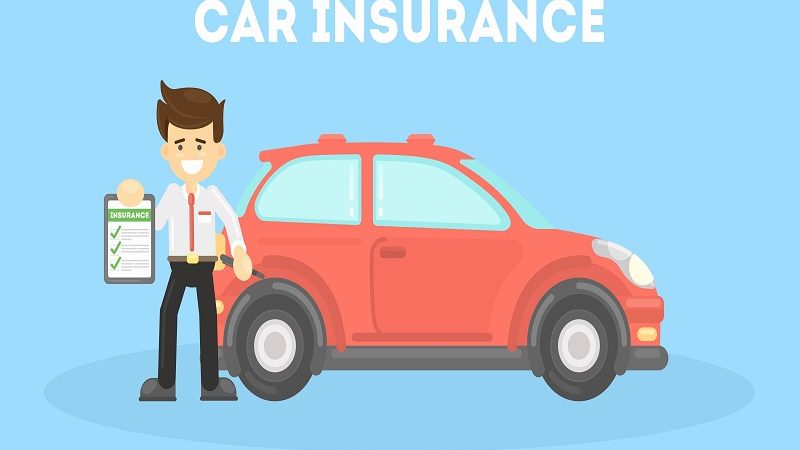Anyone who has taken out a car insurance policy will have heard of the ‘excess’ but do we really know what it means? Here, we’ll answer the questions surrounding this element of car insurance cover.
What is car insurance excess?
Simply put, the excess is the amount of money you will have to pay towards any claim you make.
The difference between compulsory and voluntary excess
When taking out an insurance policy, there will be a compulsory excess on it. This is the amount you will have to pay should you need to make a claim. Some insurers (not all) will give you the option of having a voluntary excess – but what is the difference?
Compulsory excess
This is the minimum amount specified by your insurer that you will have to pay in the event of a claim. The reason insurers have compulsory excesses, is to stop drivers claiming on things as small as a little bump or scratch. If there were no excesses in place, insurance premiums would be a lot higher for everyone! Putting compulsory excesses in place means if you were to have a bump that would cost you only £50 to repair yourself – it is cheaper to do this than to go through your insurance and pay the excess.
A compulsory excess is a minimum an insurer will want you to pay in the event of a claim. The amount of this excess will depend on the details you provide when obtaining the quote.
Voluntary excess
In some cases, you may be allowed to state a voluntary excess amount. This is an amount you are agreeing to pay towards a claim, in addition to the compulsory excess. If you’re given the option to add a voluntary excess, you can put anything from as little as £50 and go up to over £1,000.
The overall excess costs?
Your overall excess is your compulsory excess + your voluntary excess (if you’ve been given the choice of adding one). For example, if the compulsory excess is £300 and you’ve opted for a £200 voluntary excess, this means in the event of a claim – you will have to pay £500. If the claim total is e.g. £1,000 – your insurer will pay the remaining £500.
Does choosing a voluntary excess to lower my insurance costs?
If you’re given the option to add a voluntary excess, this can make your overall insurance premiums cheaper. This is because drivers who agree to a higher excess are less likely to cost the insurer more money during the course of the contract. However, this is not always the case. It is worth comparing the difference in premiums before taking out a policy, as you may not be saving as much as you think if you add a hefty voluntary excess.
Remember – if you do choose a higher voluntary excess, you will have to fork out this amount should you make a claim. You should make sure you’re able to pay your total excess amount (should you need to) before opting for the one to make your insurance cheaper, whether it’s a significant saving or not.
Do I always have to pay the excess?
There are some instances where the excess cost may be lower, or where you may not need to pay an excess at all. We’ve listed common instances where your excess may be different. However, many policies have different levels of excess for different types of claim – so it is best to check your policy very carefully as each insurer is different.
Windscreen excess
A broken windscreen is very common – so insurers often have a separate excess to cover windscreen repair/replacement which is likely to be cheaper than your standard excess amount. Let’s face it – if you have to claim for a windscreen repair or replacement, this is likely to be a lot cheaper to do than the hundreds of pounds your excess may be. This is why many insurers will have a lower excess price for this and is paid instead of your full excess.
Non-fault claim
If you need to make a claim even though the accident is not your fault, it’s likely you will still need to pay your excess in the first instance, however this can then be claimed back from the third party insurer (if they are identified) so hopefully you won’t be out of pocket for long.
It is worth remembering that everything written here is a general guide. All insurance companies have different ways of approaching excesses so it is always best to refer to your policy documents for the specific details of your policy and get in touch directly with your insurer if you have any questions regarding your policy.


